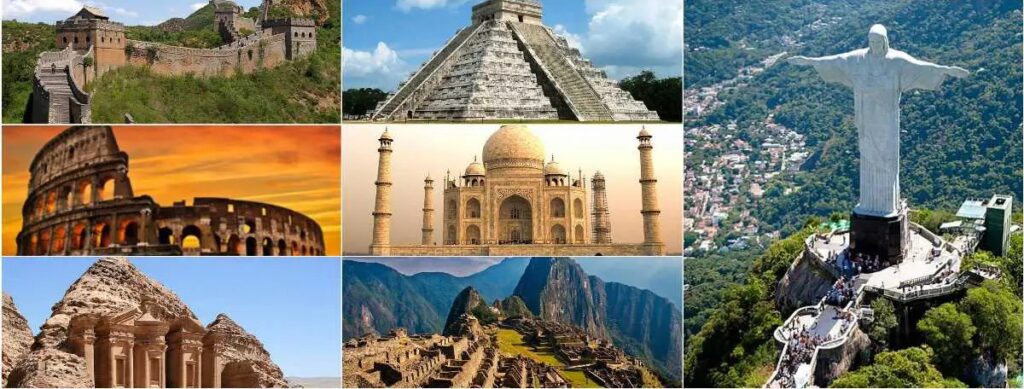
The Seven Wonders of the World
The Seven Wonders of the World represent some of the most breathtaking and historically significant landmarks ever built. These wonders, chosen for their architectural brilliance and cultural impact, showcase humanity’s creativity, engineering skill, and artistic vision. From ancient cities carved into cliffs to towering statues and grand amphitheaters, each wonder tells a unique story of its civilization.
Map of the Seven Wonders of the World
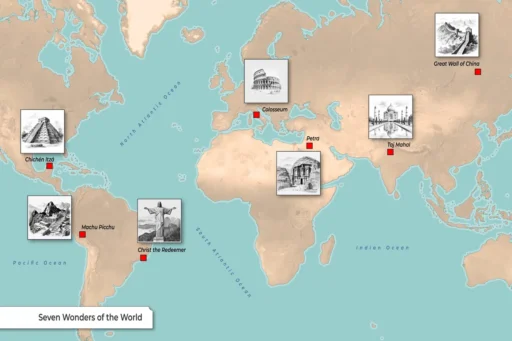
This map helps visualize where these famous landmarks are located around the world. It’s a great way to see how different cultures and civilizations have created incredible architectural masterpieces in various parts of the globe!
The Colosseum, Rome, Italy
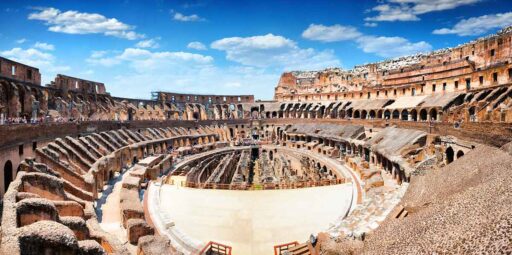
The Colosseum is the great oval amphitheater in the center of Rome where gladiators once fought for their lives and the pleasure of the crowd. The largest amphitheater ever built, it was constructed from sand and stone over eight years, from 72 to 80 CE. The colossal structure could hold 80,000 spectators, arranged in a circular ring around the central stage.
The Great Wall of China
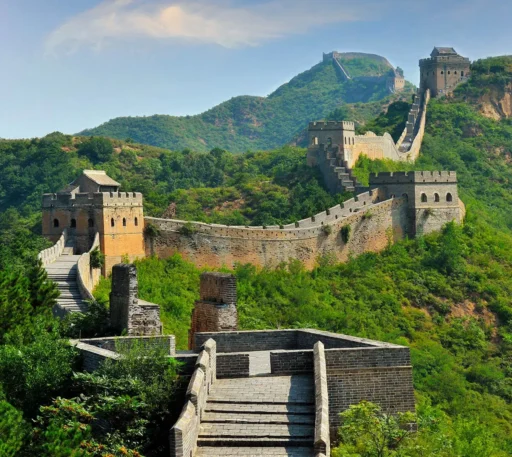
The Great Wall of China is a huge barrier that spans thousands of miles along China’s historic northern border. Created over millennia, the wall began its life as a series of smaller walls dating back to the 7th century BCE, built as protective barriers against nomadic raids.
The Taj Mahal, India
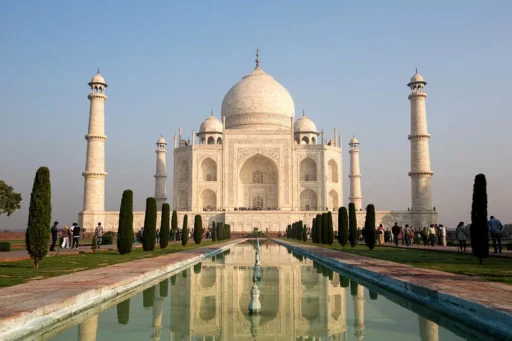
India’s renowned Taj Mahal (Persian for Crown of Palaces) is the stunning white marble mausoleum on the bank of the Yamuna River in the city of Agra. It has also been selected as one of the seven wonders of the world. Mughal emperor Shah Jahan built the temple as a tomb for his beloved wife, Mumtaz Mahal, who died during childbirth in 1631.
Christ the Redeemer, Brazil
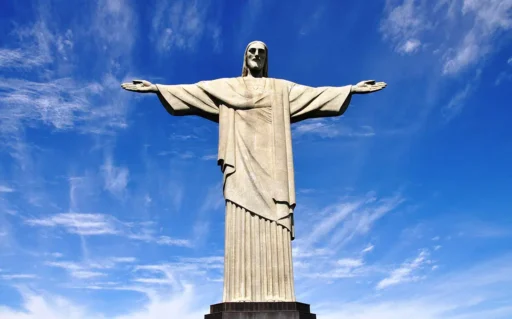
The totemic statue of Christ the Redeemer stands over Rio de Janeiro on the top of Mount Corcovado. At 30 meters tall, this monument is an iconic emblem of Brazil. This huge public artwork was designed by the Polish-French sculptor Paul Landowski in the 1920s and completed by Brazilian engineer Heitor da Silva Costa and French engineer Albert Caquot in 1931. Made from reinforced concrete clad in over six million soapstone tiles, the Christ the Redeemer statue is the largest Art Deco sculpture in the world. Built just after the end of the First World War, the sculpture was an overpowering symbol of Christianity and hope when the world had been brought to its knees.
Machu Picchu, Peru
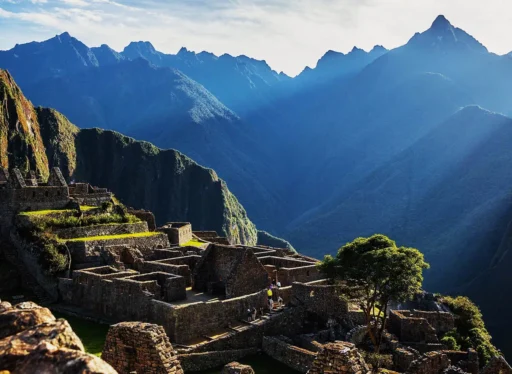
Machu Picchu is a lost treasure of the 15th century and a rare citadel discovered high in the Andes mountains above the Peruvian Sacred Valley. Astonishingly, it is one of the only pre-Columbian ruins found nearly intact, featuring evidence of former plazas, temples, agricultural terraces, and homes.
Chichén Itzá, Mexico
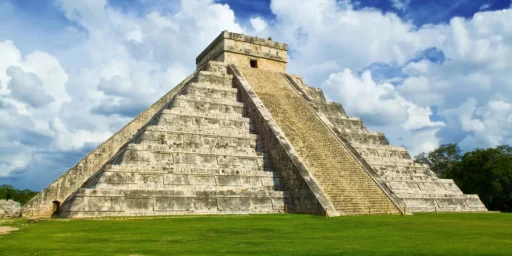
Deep in the Mexican state of Yucatán lies Chichen Itza, a historic Mayan city built between the 9th and 12th centuries. Constructed by the pre-Columbian Mayan tribe Itzá, the city includes a series of monuments and temples. The most celebrated is El Castillo, also known as the Temple of Kukulcan. It is a huge step pyramid in the center of the city which was built as a devotional temple to the god Kukulkan.
Petra, Jordan

Petra, the ancient city in southern Jordan, is also known as the “rose city” for its golden hue. It dates as far back as 312 BCE. Set in a remote valley, this city was founded by the Arab Nabataeans, a sophisticated civilization that carved stunning architecture and complex waterways out of surrounding rock faces. The Nabateans also established Petra as a successful trade hub, earning vast wealth and a booming population before being wiped out by earthquakes.
Conclusion
The Seven Wonders of the World are more than just incredible landmarks; they are symbols of human achievement, creativity, and history. Each wonder tells a unique story, from the engineering marvel of the Great Wall of China to the breathtaking beauty of the Taj Mahal. These sites remind us of the power of culture, art, and perseverance across different civilizations.
More From The Author
-
Top 5 Most Famous Architectural Styles in World History
Architecture is a reflection of culture, history, and innovation. Throughout time, different styles have shaped the way we build and live. From the timeless elegance of Classical design to the bold creativity of Contemporary structures, the world’s most famous architectural…
-
The Art of Football: Masterpiece in Motion
Football is more than just a game—it is an expression of creativity, passion, and skill, woven together in a masterpiece of motion. Every touch of the ball, every strategic pass, and every breathtaking goal is a brushstroke on the grand…








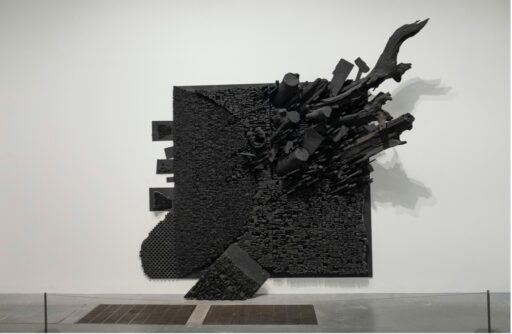
This post really makes me want to visit all the Seven Wonders of the World! It’s always been a dream of mine to see these incredible landmarks in person. It also makes me curious to learn more about the ancient Seven Wonders of the World – I’d love to dive into their history and how they were built too.
The Seven Wonders of the World – befitting title for such memorable and recognizable landmarks! If I had to personally choose which one I would, I love to see in real life, I would go with Christ the Redeemer, Brazil, Simply due to its sheer size and icon status as a whole!